The bus was really old and looked shabby. Once I got in and took a seat, the air conditioning was barely working. This is going to be a LONG ride, I thought to myself. Hours went by and I ended up chatting with a Cambodian with exceptional English. I soon found out that he was an English teach heading to Phnom Penh as well. He helped me find which stop to alight in and how to get to my hostel, there's some good in a bad situation after all.
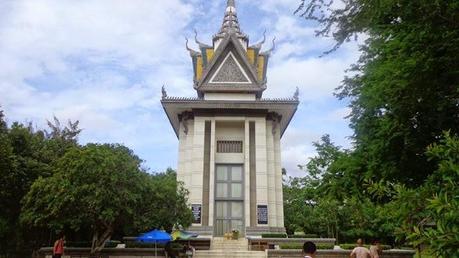
It took a while to finally find Lovely Jubbly (the hostel I was staying in) only to find out that the place was overbooked. The receptionist promptly sent me to Me Mates, the hostel's sister accommodation. It was a long day. After more than 7 hours in transit, I finally got some much needed rest.
A Look Into Darkness
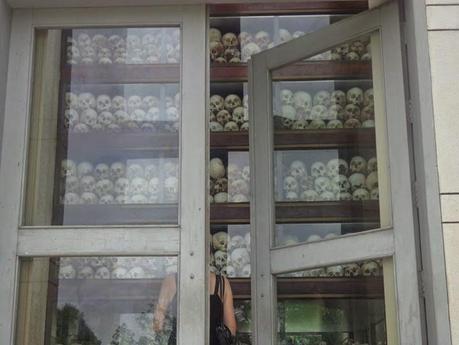
A trip to Phnom Penh (no matter how morbid it may sound) is incomplete without visiting the Killing Fields the the Genocide Museum. it was quite a harrowing experience just seeing the monument filled with bones of the people massacred during the Khmer Rouge's regime.
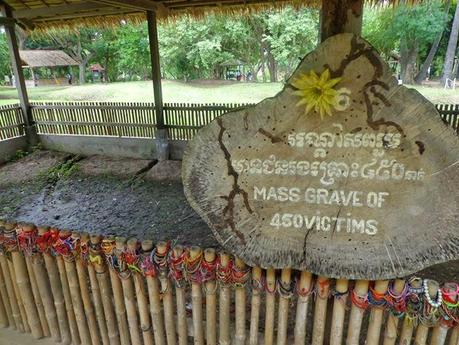

The mass genocide in Cambodia took place during 1975-1979. The estimated number of people killed during the heinous crime was somewhere between 2 to 3 million. Just walking around the Killing Fields gave me a sense of disbelief. People are capable of doing such things to their own countrymen. There is definitely something wrong with the way these people think to make them do this, and not just because of the heat of the moment but day in and day out for four years!
As I walked around the Killing Fields feeling each silence with a sense of disbelief, I found many shallow mass graves where women, children, men, and seniors were thrown in after they were executed. There were many bones and tattered pieces of clothing placed in boxes right next to the mass graves. There were captions of how the people and children were executed at the killing fields. Most of the prisoners in S-21 were sent to the Killing Fields for execution.
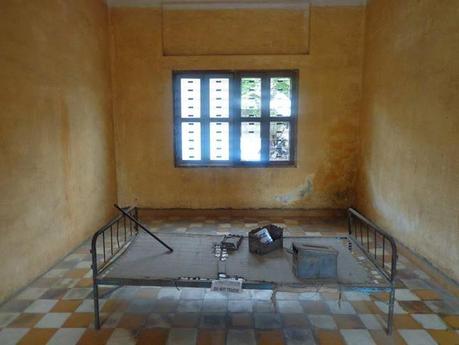
After a somber experience in the Killing Fields, we headed to the Tuol Sleng Genocide Museum or also known as S-21. Tuol Sleng means 'Strychnine Hill' or 'Hill of the Poisonous Trees'. S-21 is one of more than a hundred detention/execution centers in the country during the Khmer Rouge's reign.

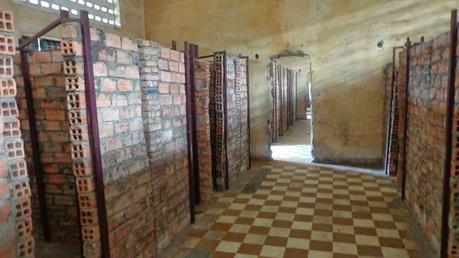
The prisoners were shackled and were kept in large or small cells. The prisoners were often beaten, starved, and tortured until they admitted to the crimes imposed on them by their captors. Just looking at the cells and shackles was a heavy experience.

The prisoners were photographed and gave a personal background about themselves when they were brought to the prison. Aside from Cambodians, there were also foreigners who were detained and later executed in S-21. From the 17,000 prisoners in Tuol Sleng, there were only 12 known survivors, only 3 are still alive when I visited the museum.

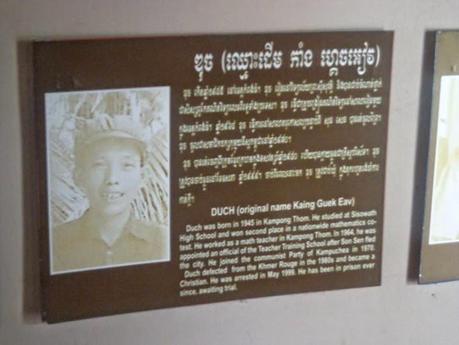
From what I read, one of the former officers of the Khmer Rouge Khang Khek Ieu also known as Comrade Duc, was the only one who admitted to the atrocities committed in S-21, everyone else who was put on trial denied the heinous crimes.
As I walked around S-21 and the Killing Fields I kept wondering if the families of the prisoners managed to forgive the officers who tortured and killed their relatives? Or were they kept in a prison of grief, anger, and hate? A prison doesn't have to be concrete walls and iron bars, at some point one will be liberated from those by death or sheer survival instincts. I wouldn't know how to feel because it has never happened to me, but it was something that lingered in my mind as I walked the somber halls of S-21 and the Killing Fields.
How to Get to the Killing Fields & the Tuol Sleng Genocide Museum
The transport to the Killing Fields and the Tuol Sleng Museum would cost you US$15, if you went by yourself. Thankfully, I found someone at the hostel who was going to do the tour so I ended up paying just half at US$8. There is an entrance fee of US$3 for the Killing Fields with an additional US$3 if you want to use the audio guide. There is an entrance fee of US$2 to enter the Tuol Sleng Genocide Museum.

